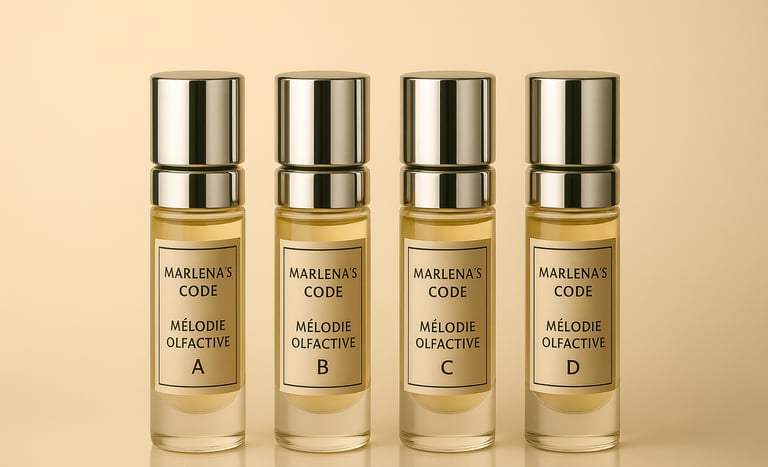Arts and creativity for fulfillment
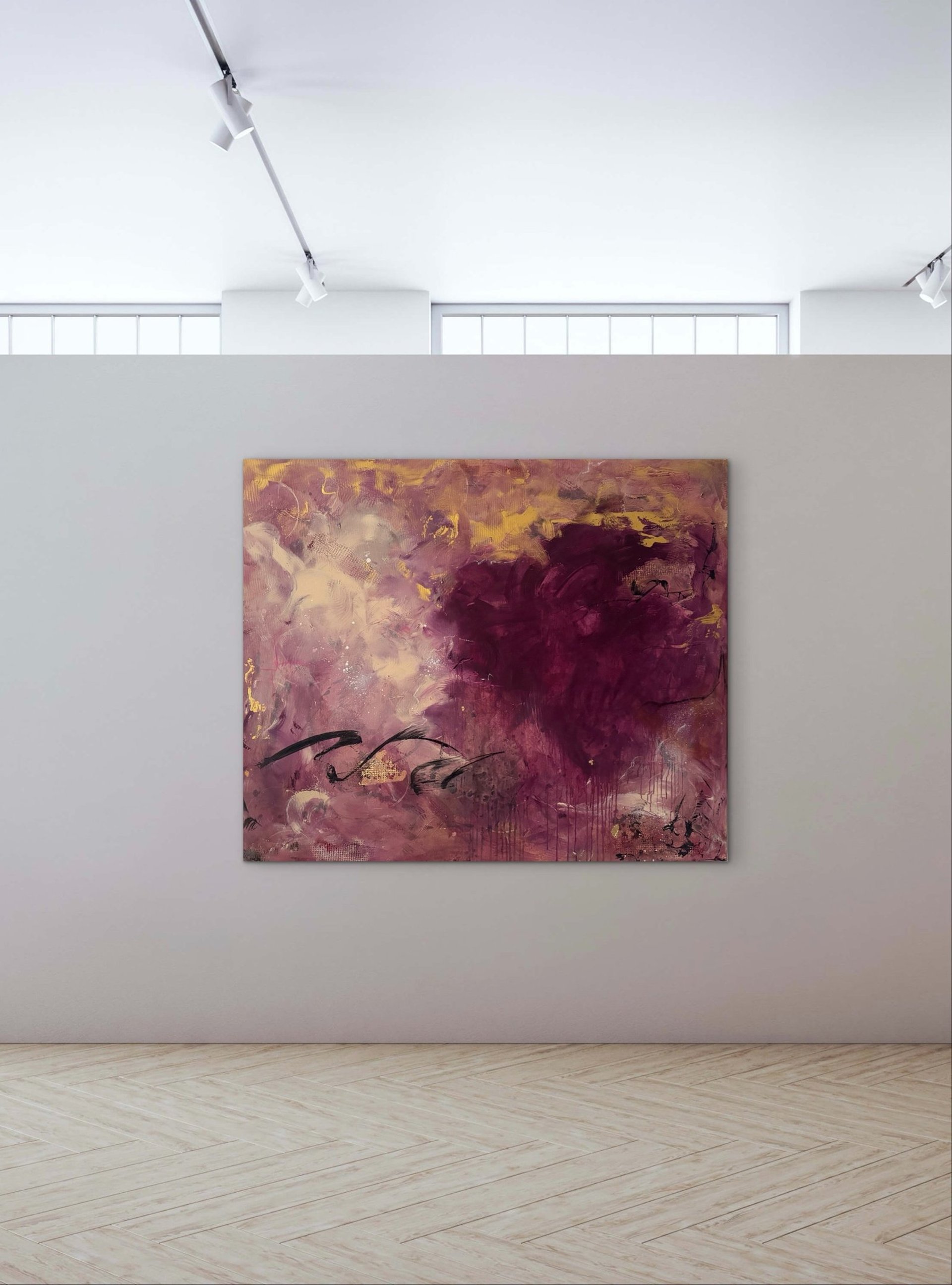
Karolin Brünink
Karolin Brünink explores an intuitive form of painting guided by inner impulse and by a close relationship with silence, clarity, and movement. Her works contain no figures, yet a human presence circulates through the vibration of colors and gestures. In this interview, she shares her sensitive approach, her way of navigating emotional transformation, and her loyalty to the perceptions that rise within her. A meeting with an artist whose work opens a space of listening, intensity, and deep sensory awareness
INTERVIEWS
Dianna Dubois
11/17/20255 min read

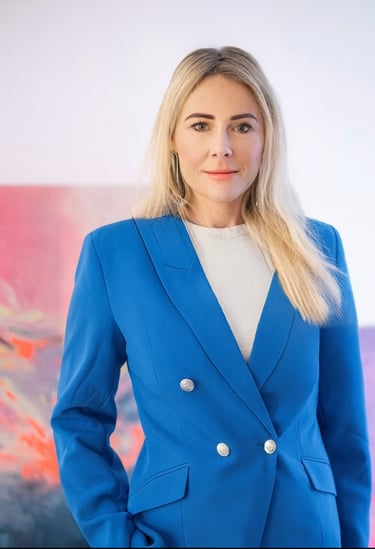
Mardès, a house of publishing, culture, and transmission
Mardès is an inclusive and modern house that edits poetry collections, essays, magazines, and works on the art of living. It also creates cultural and artistic events that foster reflection and sharing.
Its mission is twofold: to edit and to transmit — transmitting poetry, thought, and the gestures of daily life that ease existence and enrich sensitivity.
Through its support, several Musarthis contents remain freely available, affirming a generous and elegant vision of culture.
This article is offered freely, with the support of Mardès, Swiss publishing and cultural house, and Marlena’s Code, Swiss house of elegance and poetic high perfumery.
A vibrant inner movement unfolds through the work of Karolin Brünink, shaped by intuition, clarity, and the quiet tension that precedes the gesture. She paints from a place where perception rises before thought, where silence sharpens the senses, and where emotion guides the rhythm of color. Her process follows an impulse rather than a plan, offering a form of presence that carries its own sincerity.
For Musarthis.world, she opens a window into this sensitive territory, revealing how her art emerges from a dialogue with inner motion, light, and subtle energy. Nothing forced, nothing ornamental, only the fidelity to what calls her toward the canvas. This conversation illuminates an artist who listens deeply, who allows expression to circulate with honesty, and who invites the viewer into an intimate field of perception.
1. Your paintings seem to capture invisible emotions through movement and color.
How do intuition and emotion guide your creative process ?
“My creative process begins long before the first stroke of paint touches the canvas, it begins in silence, in sensing. I never plan a painting. I follow impulses, movements, and emotions that arise in the moment.
Intuition is my compass; emotion is the language through which my inner world finds form.
In every artwork, there's an energetic dialogue between what I feel and what wants to be expressed. I trust this flow completely, it's not about controlling the process but allowing creation to happen through me. That's where authenticity and life emerge on the canvas.”
2. What role does nature, light, or silence play in your work when you explore emotional landscapes?
“Nature, light, and silence are essential to my work, they are spaces of reflection.
Silence allows me to hear what cannot be heard, to feel the subtle vibrations that later become color and movement.
Light, for me, symbolizes consciousness, it transforms everything it touches.
Nature reminds me that creation is cyclical, organic, and never static.
The rhythm of waves, the play of light on water, or the quiet before a storm — all these moments mirror the emotional landscapes within me.
My paintings often carry this sense of still movement, of balance between calm and energy.”
3. Musarthis.world defines Poetic Resilience as the transformation of fragility into beauty.
How does this notion resonate with your artistic philosophy?
This idea deeply resonates with me because art, at its core, is transformation.
Every emotion, even the most fragile one, holds beauty when it's expressed truthfully.
My paintings are not about hiding vulnerability but about giving it a voice, a color, a rhythm.
For me, Poetic Resilience means turning inner movement into harmony, chaos into energy, fragility into strength.
It's a gentle yet powerful act of self-determination, the choice to transform instead of suppress.
Art becomes the bridge between pain and beauty, between what breaks and what heals.”
4. Your abstract language often evokes human presence without figures.
What kind of “human trace” do you seek to leave in your works?
I seek to leave an emotional trace rather than a physical one.
The human presence in my art is felt, not seen — it's the vibration of honesty, movement, and connection.
When someone stands before my work and feels something stirring inside — a memory, a longing, a quiet recognition — that's the moment where my presence meets theirs.
That's the trace I want to leave: a space where emotion becomes universal, where we remember what it means to feel deeply.
5. How do you experience the transition between creation and contemplation when a work is no longer yours but begins to live in the gaze of others?
It's both humbling and liberating.
Once a painting is finished, it no longer belongs to me; it starts to breathe on its own.
Every viewer brings their own energy, their own story, and suddenly the artwork expands beyond its origin.
This moment of release is part of the process; it completes the circle.
My role is to create from truth and intuition — what happens afterward is the dialogue between the work and the world.
In that dialogue, art comes alive.
6. What do you hope readers will feel when discovering your presence and works in Musarthis.world?
I hope they feel connected to themselves, to emotion, to something beyond words.
I hope they sense the power of intuition, the beauty of vulnerability, and the quiet strength that lives in honest expression.
If my art can remind someone of their own inner light — even for a moment — then it has fulfilled its purpose.
Because for me, art is not just to be seen, but to be felt.
Karolin Brünink’s work unfolds with a calm, steady intensity and relies on a form of expression shaped by color, gesture, and emotional clarity. No figures appear, yet a human trace circulates through her compositions, carried by the tension she establishes between softness and movement. Her reflections reveal a practice built on attentive perception and on a quiet loyalty to what rises within her while she paints.
This approach opens a space marked by restraint and by a subtle sense of presence, offering viewers an encounter with an expression guided by sincerity and measured emotion. Her work invites a form of contemplation that leaves room for personal interpretation, without imposing direction or narrative.
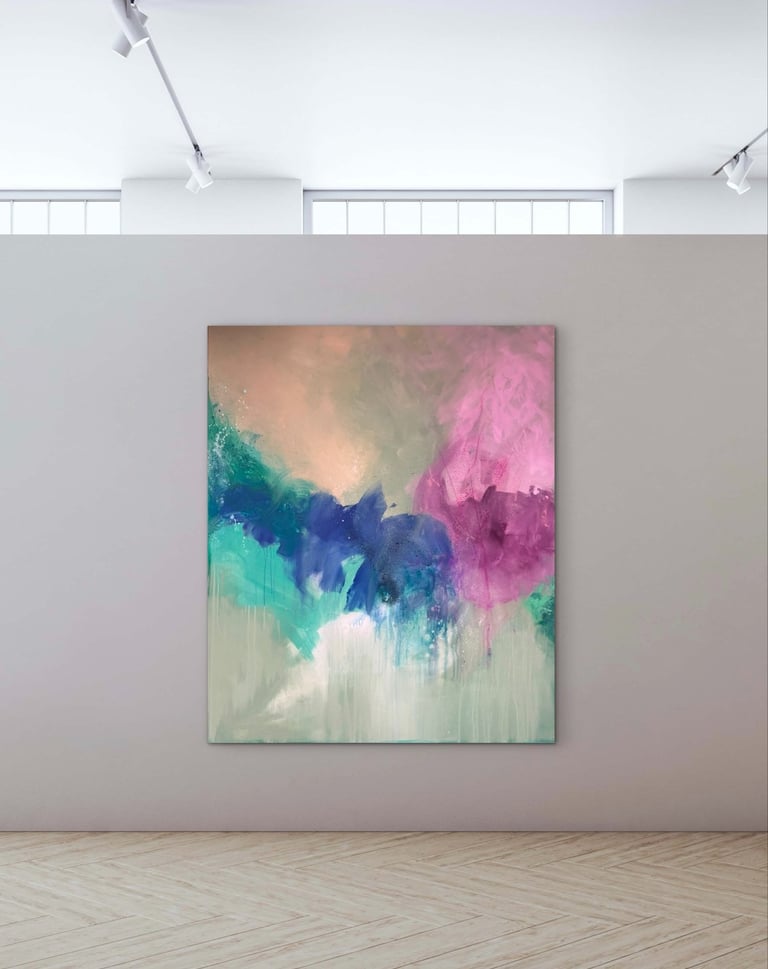




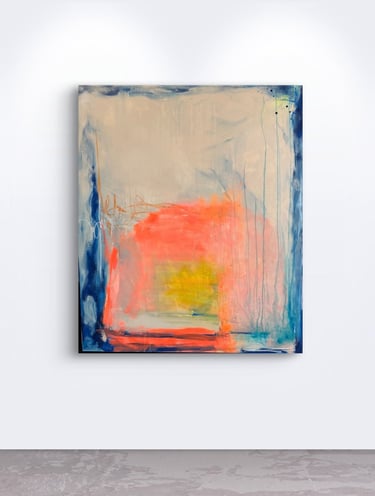
Artworks by Karolin Brünnink
Website : www.karos-art.com

Subscribe to our newsletter
MUSARTHIS
La Chaux-de-Fonds
CH-2300
Contact
info@musarthis.world


All rights reserved musarthis.world
Made in Switzerland

